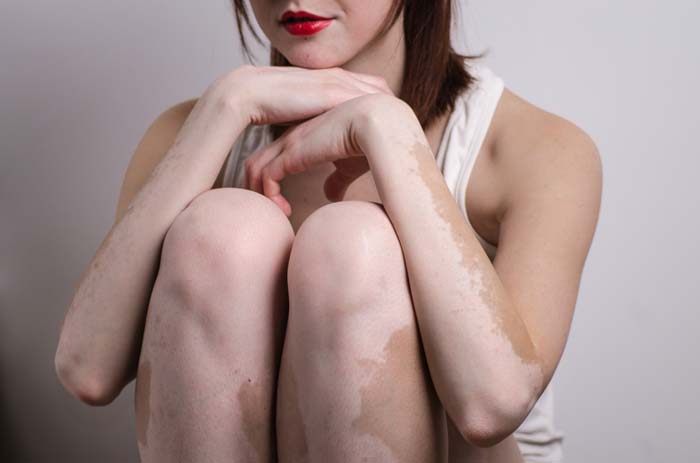About Vitiligo
Vitiligo is a skin condition of white patches resulting from loss of pigment. Any part of the body may be affected. Usually both sides of the body are similarly affected by a few to many milky-white patches. Common areas of involvement are the face, lips, hands, arms, legs and genital areas.
Vitiligo affects one or two of every 100 people. About half the people who develop it do so before the age of 20; about one fifth have a family member with this condition. Most people with vitiligo are in good general health. Melanin, the pigment that determines color of skin, hair, and eyes, is produced in cells called melanocytes. If these cells die or cannot form melanin, the skin becomes lighter or completely white. Vitiligo is the result of the disappearance of the skin’s melanocytes. No one knows why this happens for sure.
Causes of Vitiligo

Symptoms of Vitiligo
Diagnoses and Treatment of Vitiligo
Your doctor can usually make the diagnosis of vitiligo during a physical exam. There is no known way to prevent or cure vitiligo. However, several methods, including cosmetics, re-pigmentation using UV light therapy, corticosteroid creams, depigmentation of unaffected skin areas, and skin grafting, can be used to improve the appearance of skin severely affected by vitiligo.
